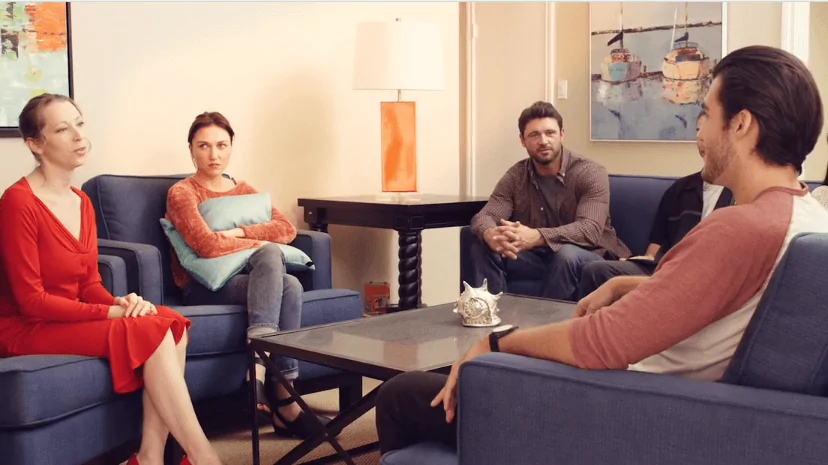24/7 Helpline:
(866) 899-221924/7 Helpline:
(866) 899-2219
Learn more about Opioid Rehab centers in Moro
Opioid Rehab in Other Cities

Other Insurance Options

Medical Mutual of Ohio

GEHA

Access to Recovery (ATR) Voucher

Choice Care Network

Magellan

Self-pay options
Beacon

American Behavioral

Sliding scale payment assistance

Private insurance

Oxford

BHS | Behavioral Health Systems

CareSource

Magellan Health

WellCare Health Plans

Lucent

Excellus

United Health Care

Coventry Health Care

Kaiser Permanente











